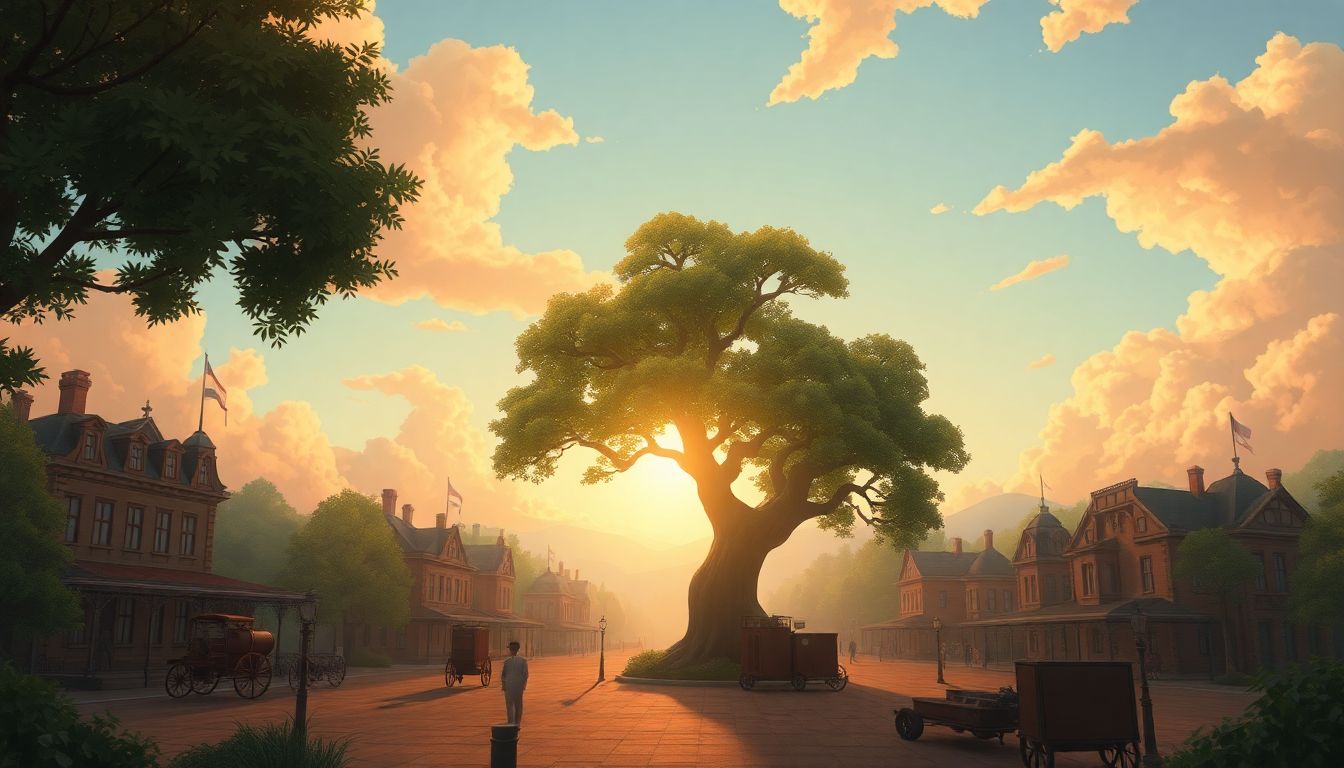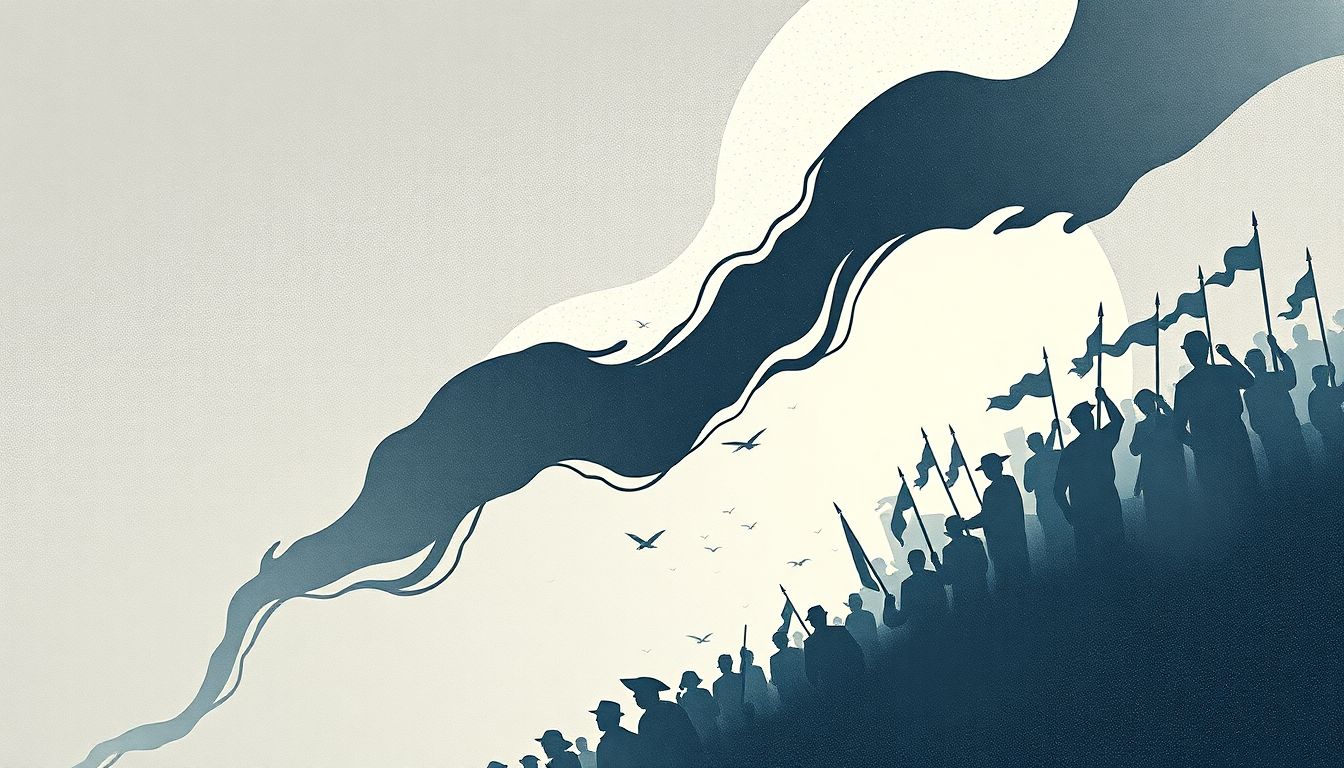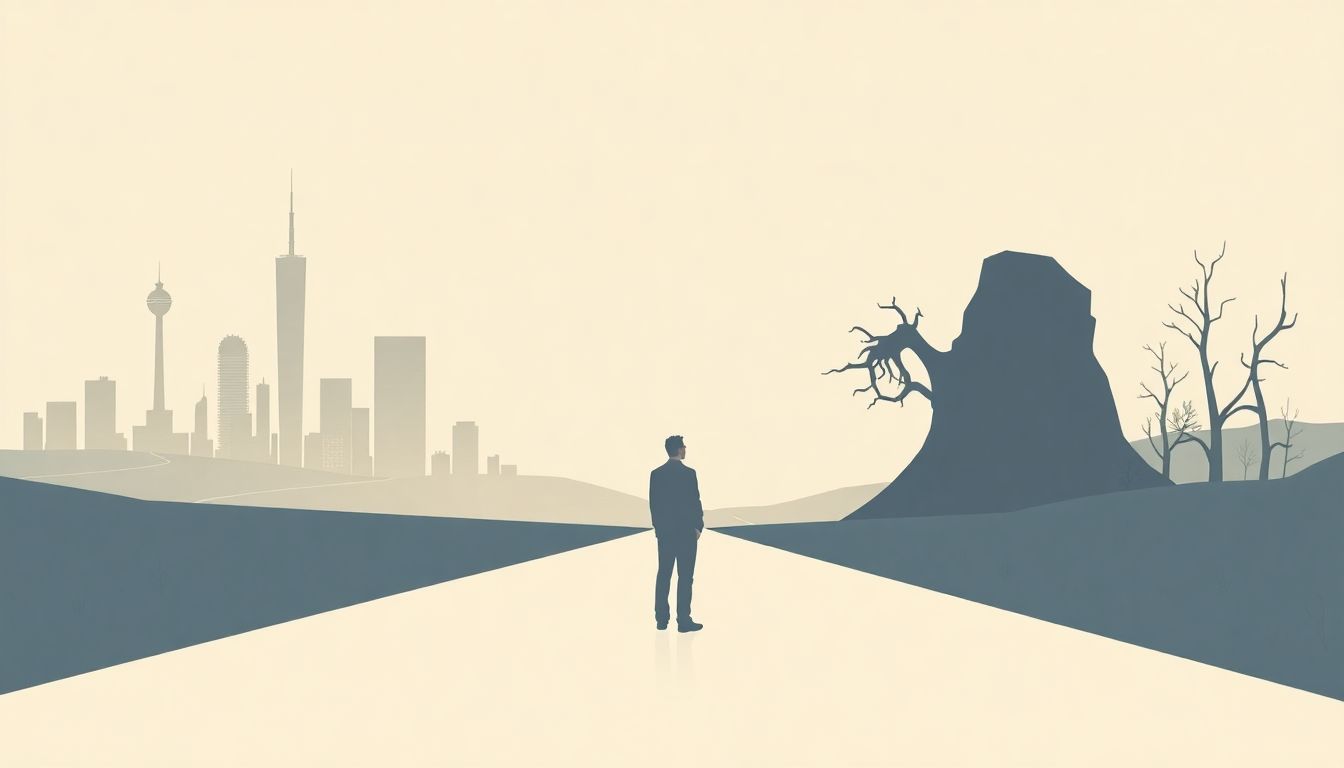Have you ever found yourself daydreaming about how different the world might be if a few key events had turned out differently? You’re not alone! Alternate history offers a fun and intriguing way to explore “what if” scenarios, but it can be tricky to get started.
Stick around, and I’ll share some fantastic prompts and tips that can help spark your creativity. With the support of ChatGPT, you’ll be crafting captivating alternate history narratives in no time.
From thematic ideas to practical examples and resources, we’ve got everything you need to dive into this captivating genre. Let’s unleash your imagination!
Key Takeaways
– Use engaging prompts like “What if the Roman Empire had never fallen?” to kickstart your writing.
– Formulate clear and specific prompts when using ChatGPT to guide your narrative.
– Create compelling characters whose motivations align with the new reality of the story.
– Incorporate themes like conflict, destiny, and societal change to enrich your narratives.
– Utilize resources like books, podcasts, and writing communities for inspiration and feedback.

Best ChatGPT Prompts for Alternate History Narratives
- What if the Roman Empire had never fallen? Generate a detailed storyline exploring this alternate history.
- If the Great Fire of London had never occurred, describe how London would have evolved differently.
- Imagine a world where Nikola Tesla rather than Thomas Edison dominated the invention landscape. Elaborate on the societal changes.
- What if World War II ended in 1943? Craft a narrative detailing the geopolitical consequences.
- Describe an alternative timeline where the Library of Alexandria was never destroyed. How would this impact modern knowledge?
How to Use ChatGPT for Creating Alternate History Scenarios
Using ChatGPT for crafting alternate history scenarios is straightforward and fun.
Start by selecting a historical event to change. This can be as drastic as a major war or as subtle as a political decision.
Next, formulate a clear prompt. For example, “Discuss how global politics would look today if the American colonies had never rebelled against Britain.”
Make your prompts specific—include necessary details to guide ChatGPT in the right direction.
You can also break the process down into steps. First, ask for a brief overview of the original event, then request a detailed alternative scenario based on your prompt.
Remember to keep your questions open-ended to allow for creative expansions.
Lastly, interact with the output. Don’t hesitate to ask follow-up questions to develop your narrative further.
Examples of Alternate History Prompts for ChatGPT
Looking for inspiration? Here are some prompts to get your creative juices flowing:
- What if Cleopatra had successfully allied with Julius Caesar, leading Egypt into a golden age?
- Create a dialogue between historical figures discussing the implications of an alternate outcome of the Boston Tea Party.
- If the space race had been led by countries other than the USA and USSR, how would technology have developed differently?
- Describe a day in the life of a citizen in an alternate timeline where the Berlin Wall never fell.
- How would African nations have developed if colonialism had never happened? Explore this concept in depth.
Tips for Writing Engaging Alternate History Stories with ChatGPT
Writing alternate history stories can be fun, but here are some tips to make your narratives really shine.
First, ground your alternate history in real events to maintain a sense of plausibility.
Create compelling characters with clear motivations who can navigate this new reality. Think about how the changes would affect their lives.
Utilize conflict effectively by introducing challenges that stem from the alternate scenario.
Experiment with plot twists. Perhaps a key outcome doesn’t align with your initial assumptions to keep readers guessing.
Engage with your audience by involving them in the story. Ask ChatGPT questions like, “What would be the most significant challenge in this new world?”
Lastly, revise your story. Use ChatGPT to get feedback on your drafts, refining your narrative into something truly captivating.

Common Themes in Alternate History Narratives
Alternate history narratives often revolve around several key themes that captivate readers.
One common theme is the exploration of pivotal historical events that altered the course of humanity.
Stories may dive into how small changes can lead to significant shifts, emphasizing the fragility of history.
The theme of conflict and resolution frequently arises, showcasing struggles between differing ideologies in an alternate world.
Authors also play with the concepts of destiny and free will, questioning how much control individuals have over their fates.
Additionally, alternate history allows for the examination of cultural impacts and societal changes stemming from divergent timelines.
Another popular theme is the juxtaposition of dystopian futures against idealistic visions of what might have been.
Characters in these narratives often face moral dilemmas that highlight the complexities of human choices.
By integrating science fiction elements, authors can expand their narratives into futuristic realms, weaving together history with speculative possibilities.
Overall, these themes not only spark creativity but also encourage deep reflection on real-world consequences.
Resources for Further Inspiration on Alternate History
If you’re searching for additional resources to fuel your alternate history creativity, you’re in luck.
Start with some of the best alternate history books like “The Man in the High Castle” by Philip K. Dick or “Fatherland” by Robert Harris.
Don’t overlook historical fiction, as it often intertwines similar what-if scenarios that can inspire your writing.
Podcasts dedicated to alternate history can offer unique perspectives, such as “History’s Most Misquoted” and “Utopia or Dystopia.”
Join writing communities and forums online where you can exchange ideas and gather feedback from fellow writers.
Documentaries can also serve as great inspiration, especially those that explore lesser-known historical events.
Take advantage of online courses tailored for writers, providing insights on narrative structure and character development.
For research, utilize historical databases that can lend authenticity to your alternate scenarios.
Lastly, check out writing prompt websites for fresh ideas that can jumpstart your creative process.
All of these resources can help you craft rich, engaging alternate history tales with ease.

Common Themes in Alternate History Narratives
Alternate history narratives often feature intriguing themes that engage readers by challenging conventional historical perspectives.
One predominant theme is the role of pivotal events and how small alterations can lead to vastly different outcomes.
Conflict, both personal and societal, serves as a core element, as characters navigate the tumult of alternate realities.
The exploration of human choices and the implications of those choices sheds light on the dynamics of free will versus fate.
Cultural impacts emerge as another vital theme, allowing writers to investigate how societies evolve under varying circumstances.
Juxtaposing utopian and dystopian visions often provides a lens through which readers can reflect on contemporary issues.
The interplay of technology and society is frequently explored, particularly in scenarios where advancements diverge sharply from our timeline.
Moreover, the moral dilemmas faced by characters in altered realities can offer profound insights into the complexities of human nature.
Resources for Further Inspiration on Alternate History
If you’re looking to fuel your creativity, here are some fantastic resources to dive deeper into the world of alternate history.
Pick up classic novels like “The Yiddish Policemen’s Union” by Michael Chabon that showcases an alternative post-WWII narrative.
Blogs such as “The Alternate History Weekly Update” provide fresh ideas and discussions on new alternate history concepts.
Podcasts like “The History of Philosophy Without Any Gaps” often include episodes comparing historical realities with philosophical implications.
Online writing communities like Scribophile are perfect for sharing your work and getting feedback on your alternate histories.
Don’t miss out on YouTube channels like “TLDR News” that cover historical events with a spin on how they could have turned out differently.
Participate in writing challenges on platforms like Wattpad where you can publish and discuss your alternate history stories.
For research purposes, explore historical archives and academic journals available through your local library to lend authenticity to your work.
Lastly, keep an eye on Twitter for writers like Daniel H. Wilson, who share inspiring snippets and prompts regularly related to alternate history themes.
FAQs
Effective prompts include: “What if the Roman Empire never fell?” and “Imagine if the South had won the Civil War.” These prompts encourage in-depth exploration of historical consequences and character developments.
Use ChatGPT to brainstorm ideas, flesh out characters, and build plot arcs. Input specific events or decisions and ask for potential implications to create a plausible and engaging alternate history narrative.
Common themes include identity, power dynamics, technological advancements, and morality. Exploring these themes can deepen your narrative and provide relatable context for readers.
Resources include books like “The Yiddish Policemen’s Union,” websites dedicated to alternate history, and forums where writers share ideas. These sources can provide fresh perspectives and ignite your creativity.
